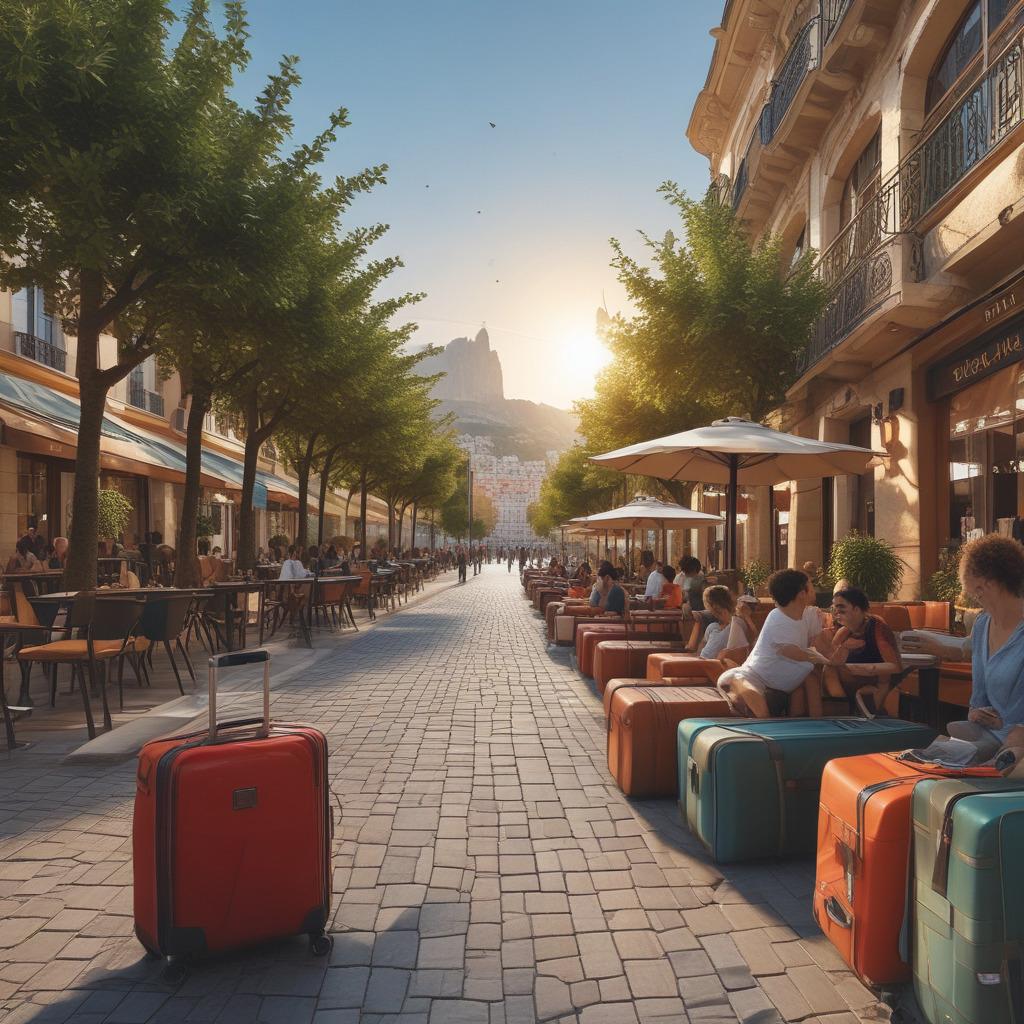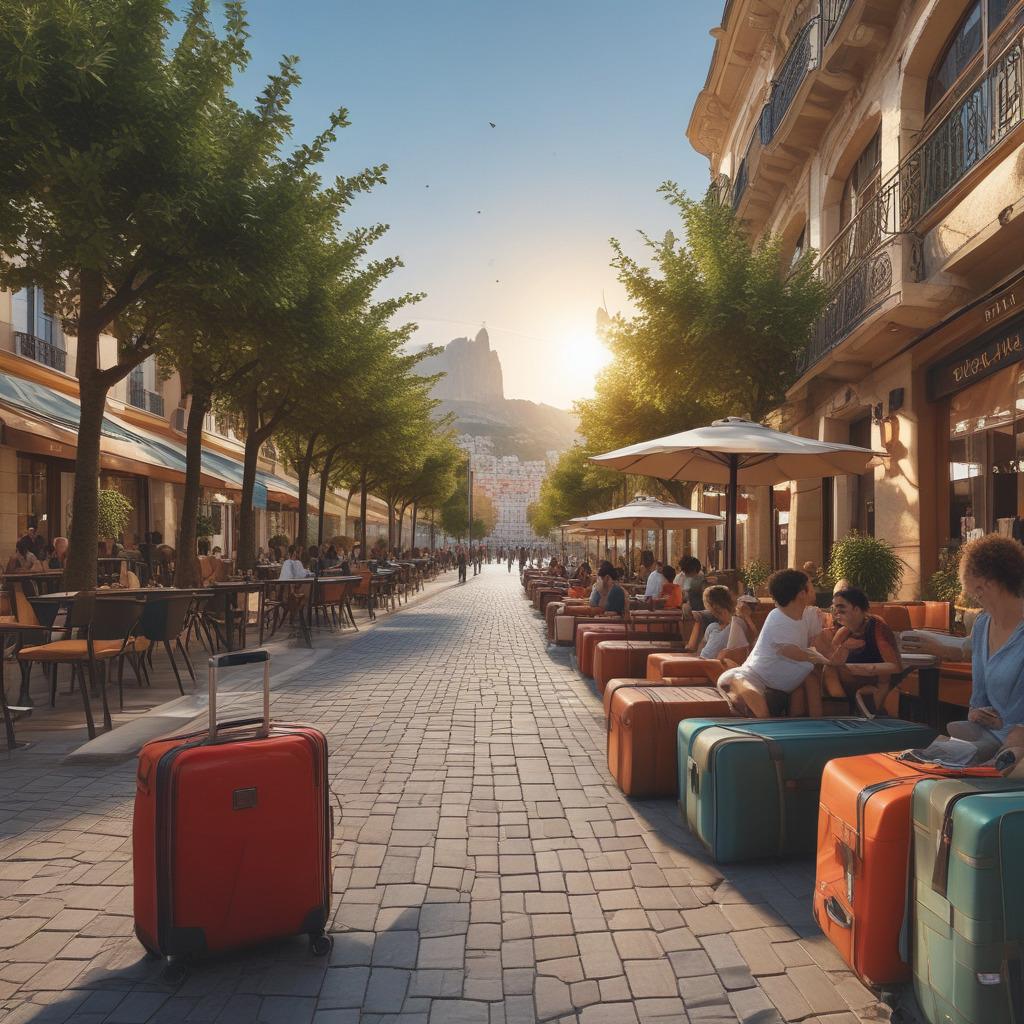Parking Lot Safety Map
1. Tunnels
Tunnels, passageways, and low-lit areas can present low visibility and you should avoid parking next to them. They allow criminals and perpetrators to hide in the darkness while seeking a victim.
2. Main Entrance
Park near the main entrance for a safe and easy route to and from your car, and larger volumes of people. Spots close to the entrance are highly desired, so you may have to find the closest spot available to the entrance.
3. Booth
The booth is typically one of the safest areas of a parking lot. It is stationed by a booth agent, has the highest volume of entering and exiting cars, and is normally under security surveillance. Find the booth in the parking lot if you are in danger or need help from the agent.
4. Adjacent Cars
Try not to park next to adjacent cars or vans that have their windows blacked out, as this is a common method criminals use to abduct unsuspecting victims when they are entering or exiting their vehicles. Also try to avoid parking between two cars, as you can get boxed in by a third car and robbed.
5. Extra Space
Find spots in well-lit busy areas near security cameras and with lots of empty parking spaces surrounding them. Open space, illuminated areas, and security cameras are deterrents for criminals.
Other Parking Lot Safety Tips
Stay alert when exiting and entering your car by keeping your head on a swivel.
Lock your doors immediately upon entering your car so anyone following you won't be able to catch you off guard.
Arm and ready yourself with accessible self defense weapons like kubatons, cat ears, or pepper spray so you can defend yourself in the face of immediate danger.
Plan your approach and departure by knowing where your car is, having your keys ready, and not lingering in the parking lot.
Trust your instincts. If someone or a situation feels weird, trust your gut and don't continue. You can call law enforcement or ask the store's security personnel if they can accompany you to your car.
#armyourself
1. Tunnels
Tunnels, passageways, and low-lit areas can present low visibility and you should avoid parking next to them. They allow criminals and perpetrators to hide in the darkness while seeking a victim.
2. Main Entrance
Park near the main entrance for a safe and easy route to and from your car, and larger volumes of people. Spots close to the entrance are highly desired, so you may have to find the closest spot available to the entrance.
3. Booth
The booth is typically one of the safest areas of a parking lot. It is stationed by a booth agent, has the highest volume of entering and exiting cars, and is normally under security surveillance. Find the booth in the parking lot if you are in danger or need help from the agent.
4. Adjacent Cars
Try not to park next to adjacent cars or vans that have their windows blacked out, as this is a common method criminals use to abduct unsuspecting victims when they are entering or exiting their vehicles. Also try to avoid parking between two cars, as you can get boxed in by a third car and robbed.
5. Extra Space
Find spots in well-lit busy areas near security cameras and with lots of empty parking spaces surrounding them. Open space, illuminated areas, and security cameras are deterrents for criminals.
Other Parking Lot Safety Tips
Stay alert when exiting and entering your car by keeping your head on a swivel.
Lock your doors immediately upon entering your car so anyone following you won't be able to catch you off guard.
Arm and ready yourself with accessible self defense weapons like kubatons, cat ears, or pepper spray so you can defend yourself in the face of immediate danger.
Plan your approach and departure by knowing where your car is, having your keys ready, and not lingering in the parking lot.
Trust your instincts. If someone or a situation feels weird, trust your gut and don't continue. You can call law enforcement or ask the store's security personnel if they can accompany you to your car.
#armyourself
Parking Lot Safety Map
1. Tunnels
Tunnels, passageways, and low-lit areas can present low visibility and you should avoid parking next to them. They allow criminals and perpetrators to hide in the darkness while seeking a victim.
2. Main Entrance
Park near the main entrance for a safe and easy route to and from your car, and larger volumes of people. Spots close to the entrance are highly desired, so you may have to find the closest spot available to the entrance.
3. Booth
The booth is typically one of the safest areas of a parking lot. It is stationed by a booth agent, has the highest volume of entering and exiting cars, and is normally under security surveillance. Find the booth in the parking lot if you are in danger or need help from the agent.
4. Adjacent Cars
Try not to park next to adjacent cars or vans that have their windows blacked out, as this is a common method criminals use to abduct unsuspecting victims when they are entering or exiting their vehicles. Also try to avoid parking between two cars, as you can get boxed in by a third car and robbed.
5. Extra Space
Find spots in well-lit busy areas near security cameras and with lots of empty parking spaces surrounding them. Open space, illuminated areas, and security cameras are deterrents for criminals.
Other Parking Lot Safety Tips
Stay alert when exiting and entering your car by keeping your head on a swivel.
Lock your doors immediately upon entering your car so anyone following you won't be able to catch you off guard.
Arm and ready yourself with accessible self defense weapons like kubatons, cat ears, or pepper spray so you can defend yourself in the face of immediate danger.
Plan your approach and departure by knowing where your car is, having your keys ready, and not lingering in the parking lot.
Trust your instincts. If someone or a situation feels weird, trust your gut and don't continue. You can call law enforcement or ask the store's security personnel if they can accompany you to your car.
#armyourself
0 Commentarios
0 Acciones
17458 Views













